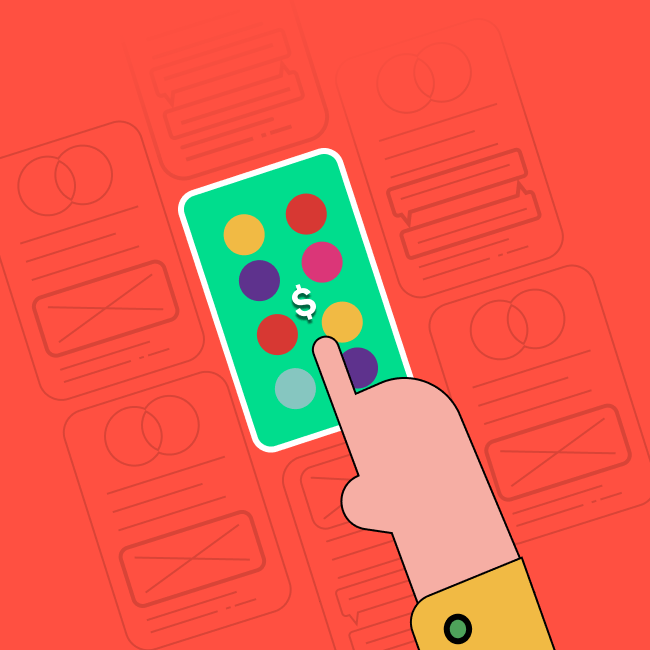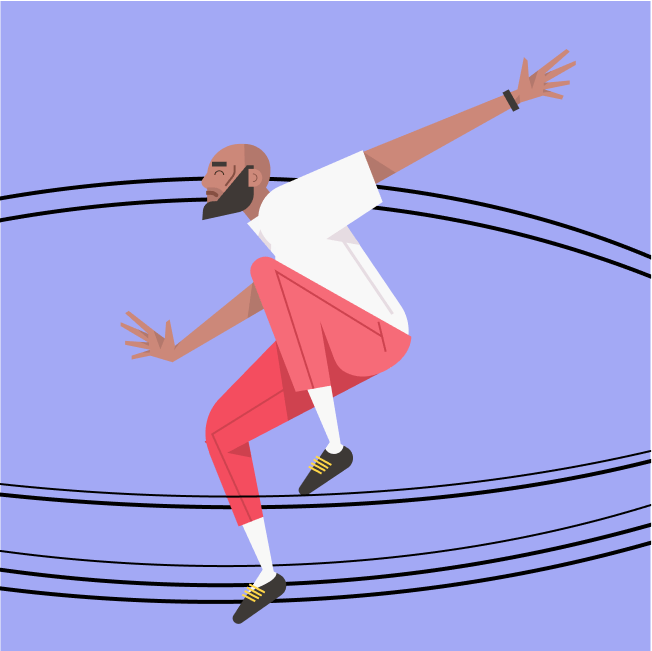ROI for UX in an Enterprise Organization
December 5, 2020 | Read Time : 3 mins
Table of Contents
What is an Enterprise Organization?
An enterprise is a business venture established to carry out business activities such as manufacturing a product or providing a service.
Zoho is an Indian startup and is a successful enterprise organization from India. YourStory mentions Zoho is a bootstrapped company with revenues estimated at US$610 million, 2020
UX role in an Enterprise Organisation:
The world has moved online. All the companies and organizations have designated websites and digital assets. A website for instance for an organization is one of the most robust tools that help them communicate with their audience.
A well-designed and self-sustainable website is a powerful digital tool for both organizations and users. An excellent and well-functioned website will attract users, making the website more usable and effective. If the users can navigate through the website smoothly, it will turn visits into leads for the business.
According to Forrester’s report, every $1 spent on UX will get $100 in return. Investing in UX/UI design helps minimize changes later when it’s too late and expensive.
Article in Rossul.com explains three factors that outline UX investment as a profit centre than cost:
Reduce Development cost
Developing and fixing the continuous bugs in the website comes at a considerable cost and is also a lengthy process. Investments in UX bring the well-researched processes to be undertaken for new products or redesign.
“On average, programmers spent nearly half of the time on a project reworking issues that were avoidable, ”
– Rossul
Increase Revenue & Sales
Enterprises spend millions on advertising, it is one of the commonly used tools to present brands. Investing in UX and UI design helps get better ROI on advertisement costs and result in more revenue and sales. UX design ensures a well-researched path for users; it helps the website/product connect with users to achieve their desired goals. Upon reaching desired goals, the users tend to become loyal customers and recommend the website to others.
Increase Market Competitiveness
Enterprises that focus on maintaining quality user experience increase competitiveness in the market. Keeping an eye on and constant research on competitiveness helps to improve the company’s project too.
Rossul.com mentions that, by creating a UX that elicits an emotional response from the user and being helpful, easily accessible, and efficient, you can ensure you meet the standards required to create a more successful redesign.
In addition to meeting your business’s needs and creating an experience that sticks with the design principles of your brand, effectively measuring the impact of the UX is essential for identifying your ROI.
A positive user experience is clearly beneficial to business. According to a Forrester report, organisations that engage in UX see lower customer acquisition costs, lower support costs, increased customer retention, and increased market share. When compared to their counterparts, the top ten companies with the best customer experience beat the index by nearly three times. According to Forrester Research, every dollar spent on user experience generates a return of $100. That’s a 9,900% return on investment.
Here are three UX case studies that highlight the benefits of user experience design and demonstrate potential ROI – they’re an undeniably compelling case for investing in UX!
Schuh
Because Schuh Retail is omnichannel, they realised that in order to increase online sales, they’d have to spend time and money making sure that their online store was as intuitive and user-pleasant on mobile devices as a customer would expect when visiting a physical store.
Schuh took the initiative and opted for two rounds of smartphone user testing. This allowed them to examine consumer views on shopping on a smartphone, as well as pinpoint conversion issues and highlight friction points that impede conversion. They discovered a variety of issues, including navigation usability, site performance, and the store checker’s intuitiveness.
The study revealed where Schuh needed to improve their mobile buying experience, allowing them to focus their efforts on making the process more straightforward and, as a result, increasing sales. A crucial aspect in the improvements was reducing user friction and increasing conversion opportunities through sensible design. Read more about this here.
Dulux
Will the paint on your walls be the same colour as it appears on the tin? It’s happened to all of us! Dulux, along with a UX agency for assistance in developing an app to raise consumer confidence (and, as a result, conversions). Read it here.
When building the Visualiser app a user-centric approach was taken to ensure that any and all user interactions were as simple as possible, and early research indicated that the finished app would be a successful addition to Dulux’s marketing arsenal.
Finally, multiple rounds of user testing ensured that the user’s experience and journey within the app thrilled them – the benefits of which are obvious when you look at the following findings from the worldwide app’s launch:
Sales of testers have increased by 65%.
Searches for stockists have increased by 92%.
Usage has increased by 247 per cent.
Javafly
On their e-commerce platform, Javafly approached a user experience agency with the goal of boosting usability and conversions while lowering bounce rates and improving brand perception. Gobysavvy performed a UX audit of Javafly’s website to see where areas should be improved, as well as (most importantly in my opinion!) spending time getting to know Javafly as a brand and its business objectives.
The audit revealed pain points and, as a result, fast wins that needed to be rectified. It also prioritised results and provided quantifiable solutions. The results demonstrate how beneficial a UX audit can be! Take a look at my UX audit services.
Conversions increased by 20% or more, resulting in a revenue increase of 112 per cent.
The number of transactions has increased by 74% or more.
The average order value has increased by 22%.
The number of clicks required to complete a transaction is reduced.
Improved usability perception
Conclusion: UX differentiator is a game-changer
To receive the best of investments, the enterprise should start investing in UX and UI design. Over time, it has become clear that the value of design is difficult to quantify and explain. Measuring the impact of design as a differentiator becomes essential for non-designers to recognise an unclouded impact of design as a differentiator. These consistent measuring procedures contribute to the development of an analytics resource that can be used to design more efficiently and effectively.
However, in the field of design, these metrics are not usually comparable to those in other professions. Mathematical formulas should not be used in calculations. The use of algorithms to analyse UX design isn’t the only way to do it.
Design isn’t always seen as an expenditure; it can also be valued for its capacity to engage, influence, and function. Good content, aesthetics, and the capacity to suit the user’s needs are all examples of design.
A design that unifies a brand’s message, enhances business with clarity, and gives answers has a positive impact on overall profitability by creating memorable experiences, and as we all know, good experiences are the foundation of effective UX design.






